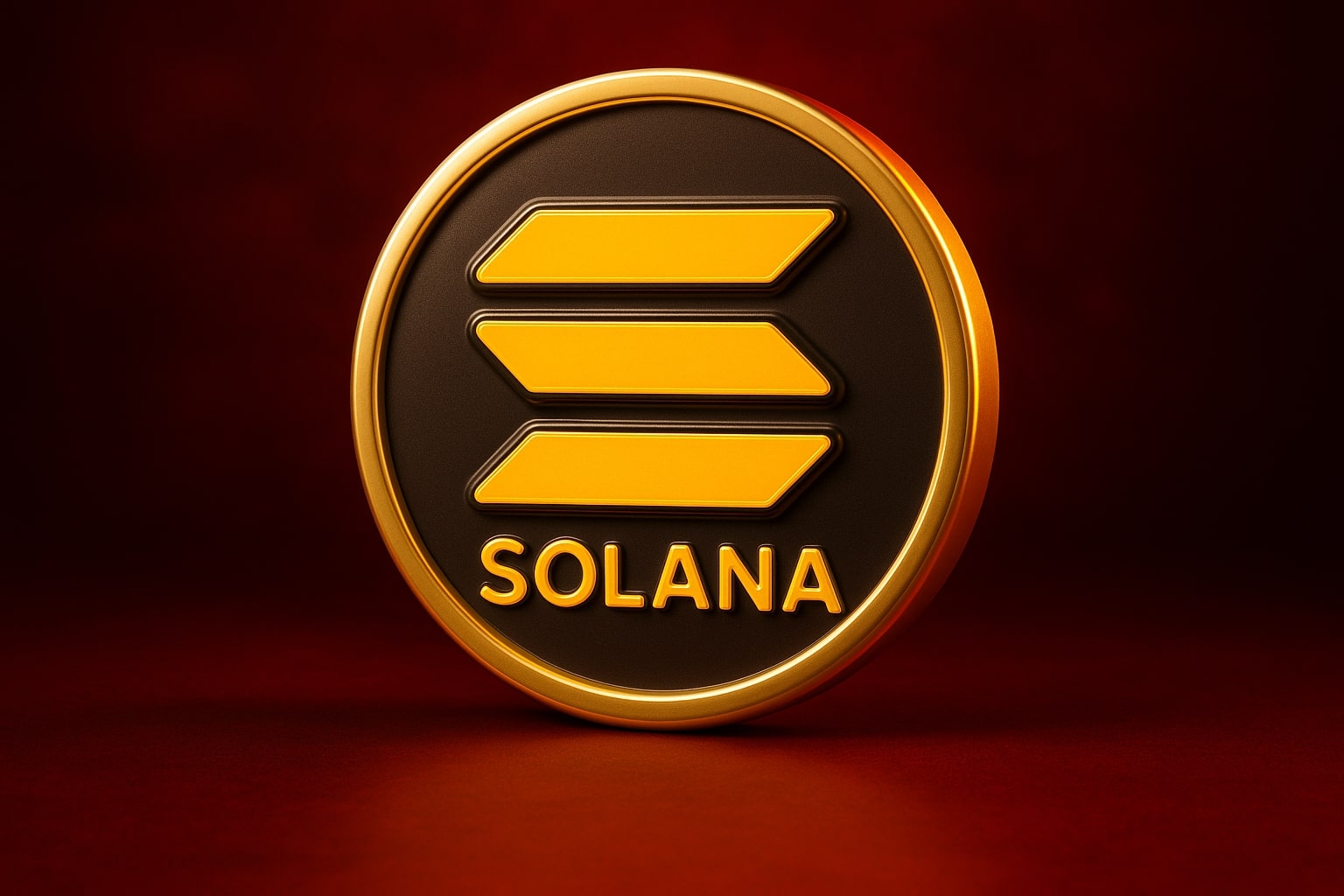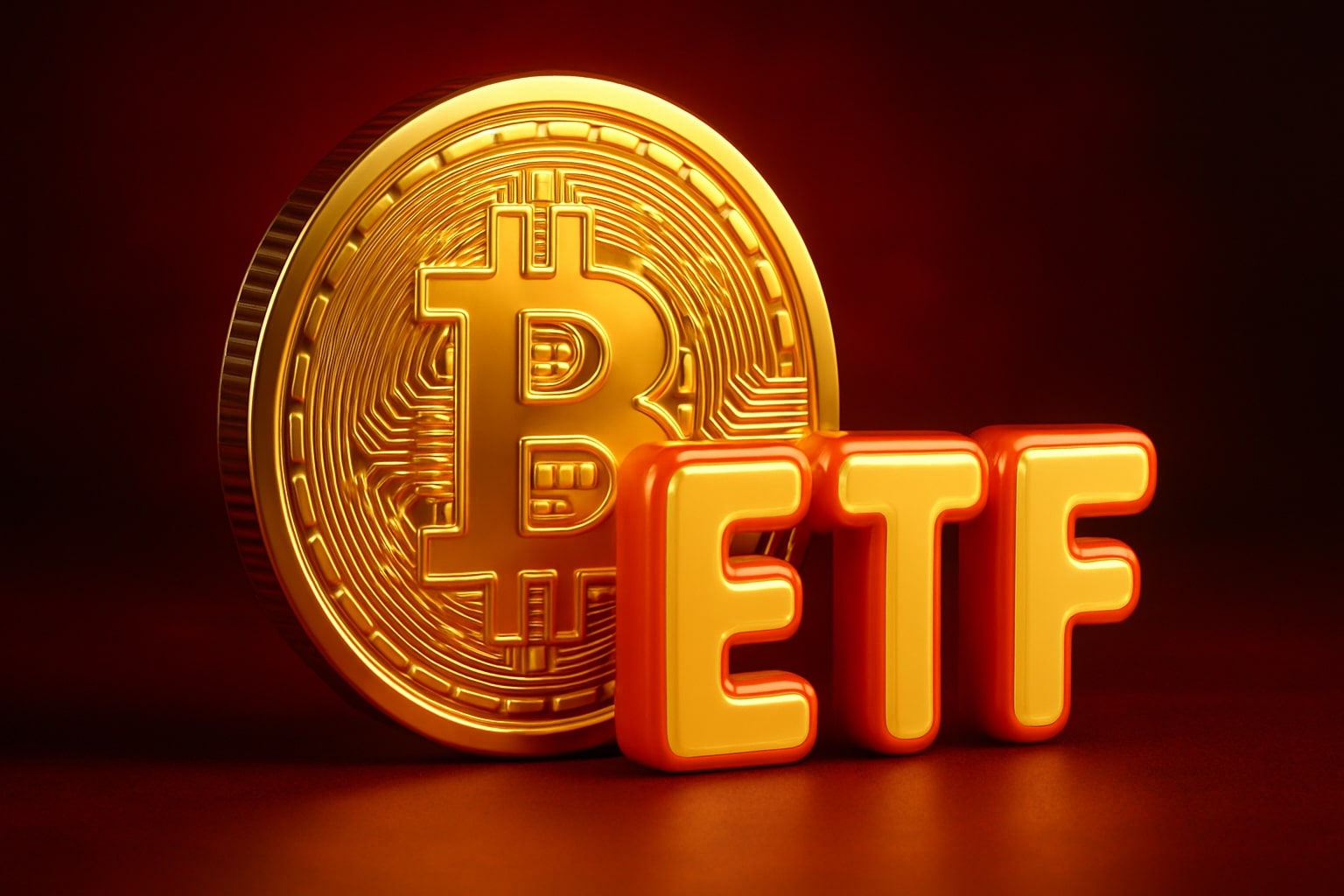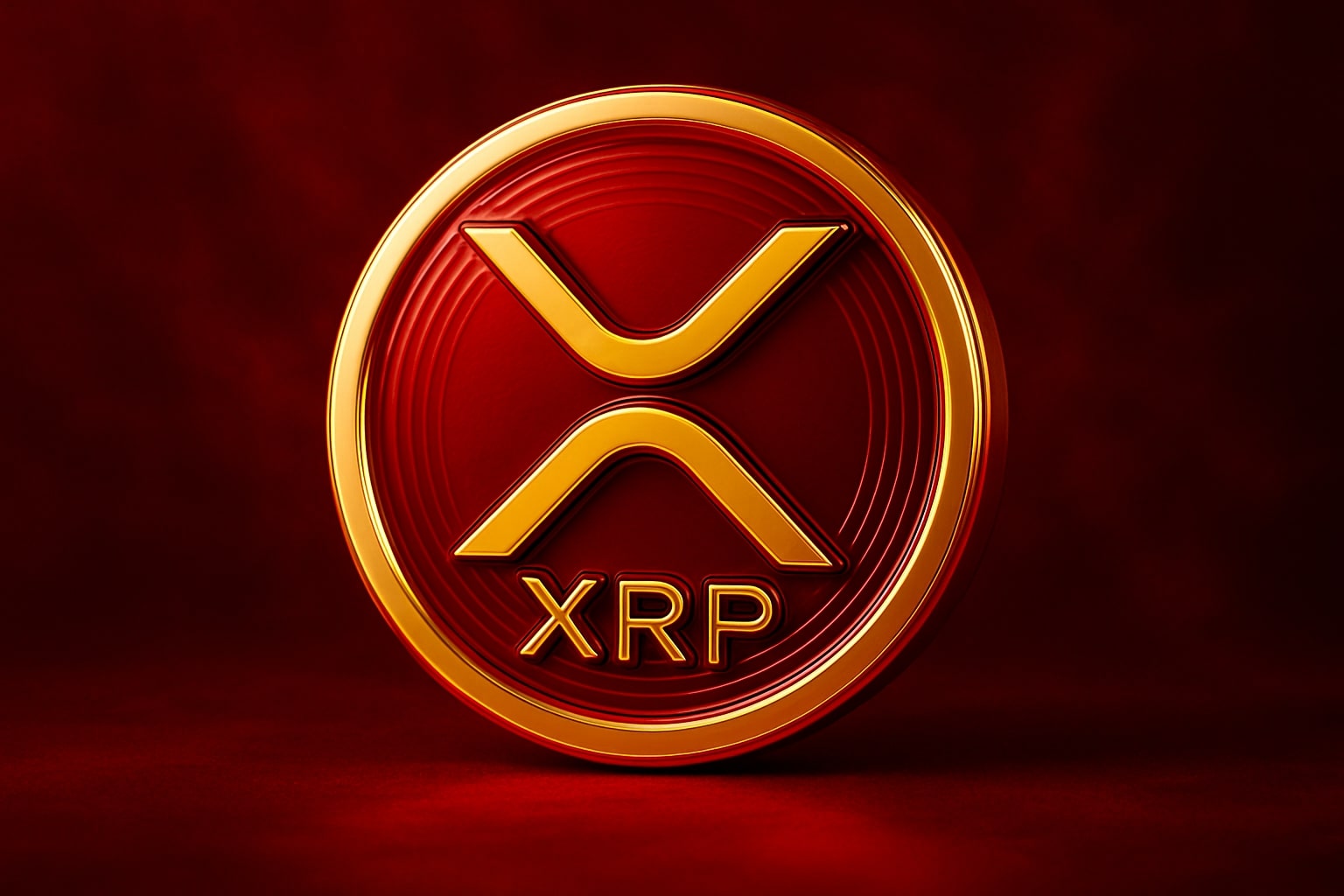
Solana Price Forecast - SOL-USD Slides to $157 as ETF Demand Cools and Bulls Defend Key $146 Support
Solana (SOL-USD) retreats 5.47% to $157.17, extending losses as ETF inflows dip to $6.78M, the weakest since launch | That's TradingNEWS
SOL-USD Extends Losses to $157 as ETF Inflows Slow and Technical Weakness Deepens
Solana (SOL-USD) dropped 5.47% to $157.17, underperforming the broader cryptocurrency market’s 1.06% decline, as fading ETF momentum and tightening liquidity pressure short-term sentiment. The latest data shows that while U.S. Solana ETFs extended their 10-day inflow streak, the pace of capital inflow slowed to $6.78 million, the weakest since launch. This moderation coincides with rising Bitcoin dominance at 59.29%, triggering a risk-off shift away from altcoins and sending Solana’s price below the $166–$169 resistance band for the third time in a week.
ETF Inflows Show Institutional Interest but Signal Cooling Momentum
Despite the price correction, institutional demand remains active. Combined Solana ETFs, including Bitwise’s BSOL and Grayscale’s GSOL, have attracted over $342 million in total inflows since October 28, significantly outperforming early forecasts. On Monday, BSOL led with $5.92 million, while GSOL contributed $854,480, marking the smallest daily total yet still sustaining a 10-day streak of positive flows. Bitwise CEO Hunter Horsley confirmed that BSOL alone accumulated $545 million in inflows, even as SOL lost 29% in the past month, highlighting a rare divergence between institutional positioning and spot price action.
Grayscale recently cut fees on GSOL to attract more investors and staked 100% of its SOL holdings at an average 7% reward, adding a tangible income layer for institutional portfolios. Large traditional players—Rothschild Investment LLC and PNC Financial Services—disclosed ETF positions in Solana, marking the first major Wall Street exposure to the asset. Their combined holdings exceed $250,000 across Solana-linked ETFs, signaling that despite short-term volatility, SOL remains a favored high-beta alternative to Ethereum for institutional portfolios.
SOL-USD Technical Breakdown: Key Levels Under Pressure
Technically, Solana (SOL-USD) has lost its medium-term uptrend, breaking below the ascending channel that has guided price action since April. The sell-off that began on November 3 accelerated after multiple failed breakouts above $166–$169, with bears regaining control. The 10-day EMA now sits at $167.02, the 20-day EMA at $174.70, and the 50-day EMA at $188.28, all acting as resistance. Meanwhile, the 200-day SMA around $180.43 confirms a bearish alignment across moving averages.
Momentum indicators remain weak. The MACD (12,26) is at –10.03, with the histogram widening in negative territory, while RSI (14) at 40.23 hovers near oversold conditions. Momentum (10) at –22.30 and Stochastic %K at 32.88 suggest limited upside without a catalyst. If SOL fails to reclaim $166–$169, it risks a retest of $146, which previously acted as accumulation support. Conversely, a daily close above $170 could invalidate the current downtrend and open a short-term path toward $190, aligned with the 0.618 Fibonacci retracement of the recent decline.
Derivatives Market Confirms Risk-Off Sentiment
Data from CoinGlass shows Solana’s futures open interest (OI) remains depressed, averaging $7.72 billion—well below the $14.83 billion seen on October 1. The October 10 deleveraging event, which erased over $19 billion in crypto positions, continues to weigh on speculative activity. Traders remain hesitant to re-enter leveraged longs until volatility stabilizes. Funding rates have normalized near neutral, showing neither excessive short nor long dominance.
The Relative Strength Index (RSI) hovering around 40 indicates weakening momentum, while neutral funding rates and stagnant OI reflect investor fatigue. For a renewed uptrend, OI would need to rise back above $10 billion, confirming the return of speculative capital. Without that, the market remains vulnerable to extended consolidation or further downside.
SOL-USD Chart Patterns Point to a Possible Falling Wedge Reversal
On the daily chart, Solana is carving a falling wedge pattern, a structure that often precedes a bullish reversal. The two converging downward trendlines show diminishing volatility, with price testing lower highs and higher lows. A breakout above the upper wedge line (~$170) could trigger a 22% move, targeting the $200 region—consistent with the pattern’s measured projection. However, sustained momentum will depend on stronger ETF inflows and improving macro risk sentiment.
The MACD crossover nearing alignment provides the first sign of potential reversal, but confirmation requires a close above $169 followed by sustained trading over $175. A failure to do so risks a return to $146, with a worst-case extension toward $132, matching mid-September support.
Macro and Market Flows Add Volatility
Macro conditions amplify Solana’s price swings. The U.S. Senate’s move to end the 42-day government shutdown has temporarily restored investor optimism, but lingering uncertainty over inflation data and the delayed September jobs report limits confidence in risk assets. Meanwhile, Bitcoin’s dominance above 59% keeps altcoins on the defensive, with Ethereum (ETH) down 2.8% and BNB losing 2.4%.
Globally, traders are also monitoring capital flows following $1.17 billion in crypto fund outflows across major assets. While SOL ETFs bucked this trend with continued inflows, their declining volume reflects shifting market psychology—from speculative accumulation to cautious rotation.
Institutional Activity and Ecosystem Strength Continue to Underpin Value
Despite near-term weakness, Solana’s ecosystem fundamentals remain intact. The network continues to process 70 million daily transactions across over 3.2 million active wallets, maintaining one of the highest on-chain throughput rates in crypto. This operational scale supports the case for sustained institutional attention.
In October, Solana’s total value locked (TVL) held near $6.2 billion, supported by liquidity on Marinade Finance, Jito, and MarginFi, despite broader DeFi contractions. The continued growth in SOL staking activity, enhanced by ETF structures offering 7% staking yield, reinforces its position as a high-efficiency blockchain for both retail and institutional investors.
Read More
-
JEPI ETF Edges to $57.11 as Yield Holds Above 8% and Covered-Call Premiums Power Income
11.11.2025 · TradingNEWS ArchiveStocks
-
XRP ETFs Slide — XRPI Down to $14.18 and XRPR to $19.80 as Investors Lock In Gains After Record Run
11.11.2025 · TradingNEWS ArchiveCrypto
-
Natural Gas Price Steadies Near $4.40 as Record U.S. Supply and Weather Volatility Define Market
11.11.2025 · TradingNEWS ArchiveCommodities
-
USD/JPY Price Forecast - Yen Holds Near 154.00 as Yen Slides and Market Awaits Fed-BoJ Policy Shift
11.11.2025 · TradingNEWS ArchiveForex
Short-Term Scenarios for SOL-USD
-
Bullish Case: A confirmed breakout above $169–$170 backed by renewed ETF inflows could drive SOL toward $190–$200, validating the falling wedge pattern.
-
Base Case: Consolidation between $146–$169, reflecting mixed sentiment as traders await new macro signals or ETF catalysts.
-
Bearish Case: A close below $146 would expose $132, where buyers previously defended multi-month support.
Traders should track ETF flows closely: sustained inflows above $10 million daily could reignite momentum, while any drop below $2 million would likely trigger further declines.
Final Take — SOL-USD Verdict
At $157.17, Solana (SOL-USD) remains technically oversold but fundamentally resilient. ETF inflows, staking rewards, and network activity continue to provide a structural floor for valuation, even as price momentum softens. Short-term, the bias is neutral to bearish, with key resistance at $169 and downside support at $146. However, if institutional flows regain strength and Bitcoin stabilizes above $105,000, Solana could rally toward $200 in Q4 2025, offering ~25% upside from current levels.
Verdict: Hold – with a short-term bearish bias and mid-term recovery potential.

















